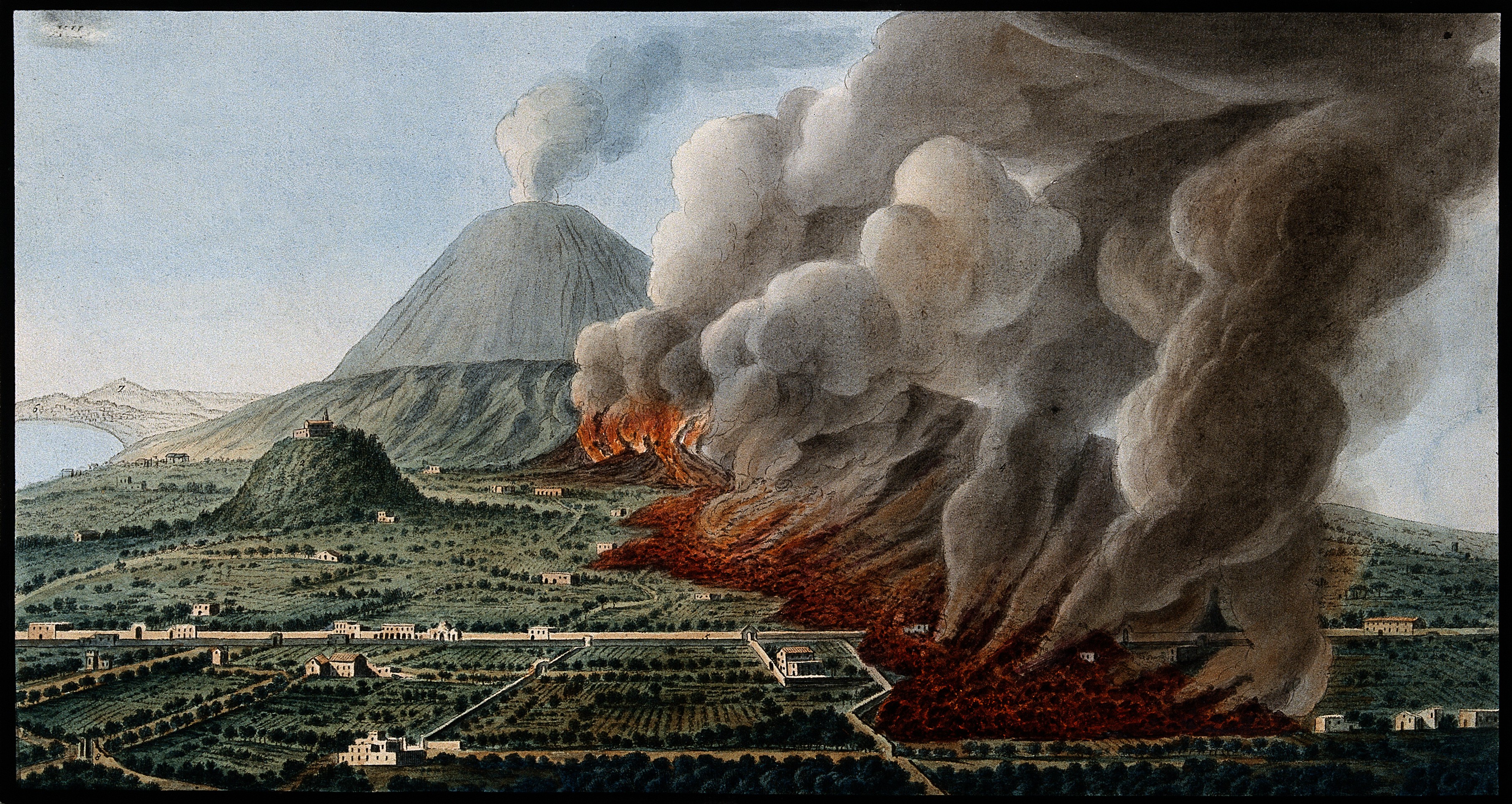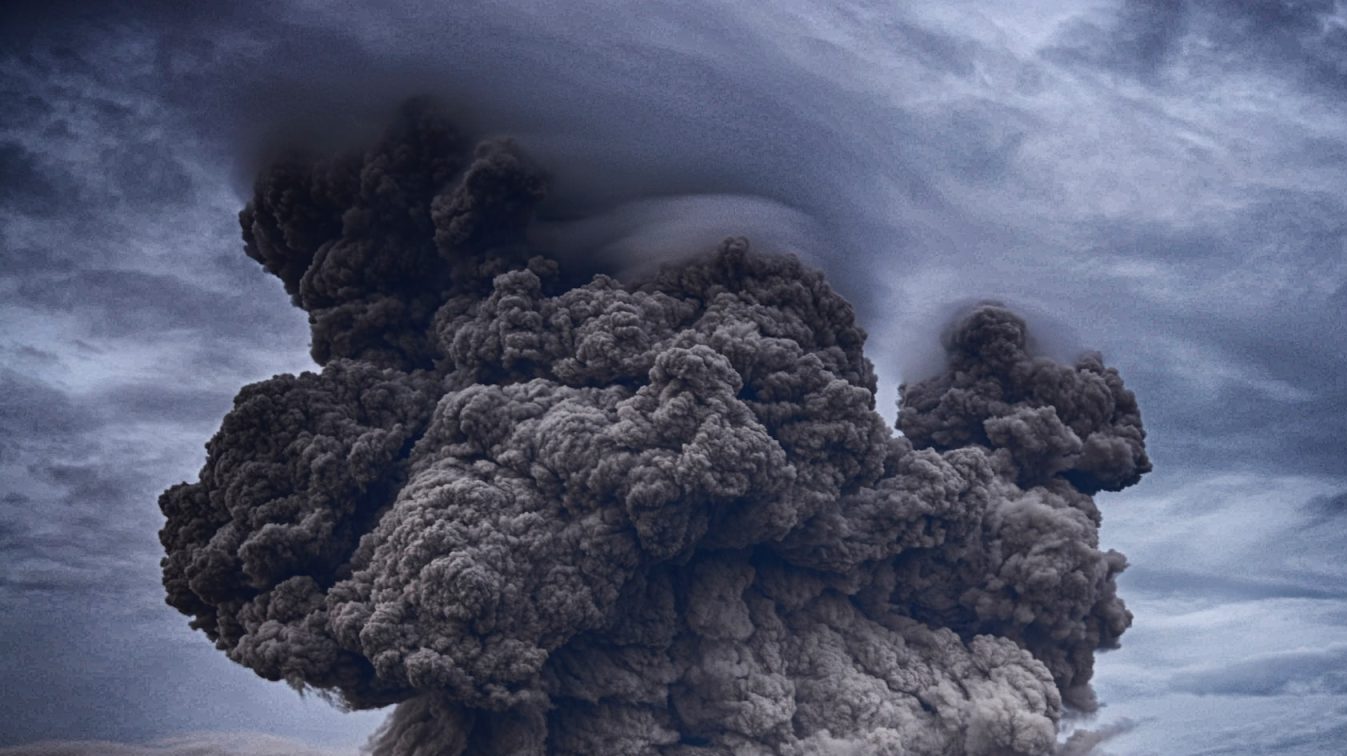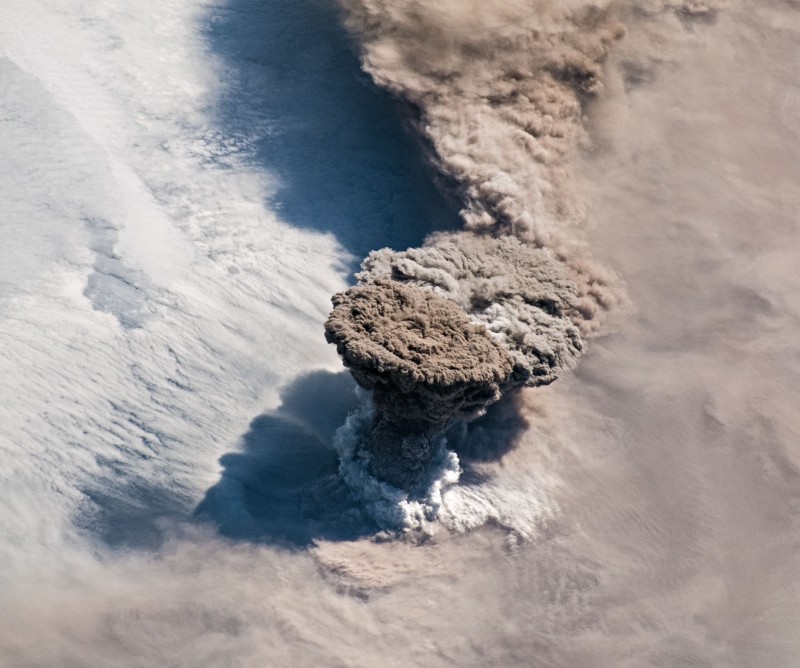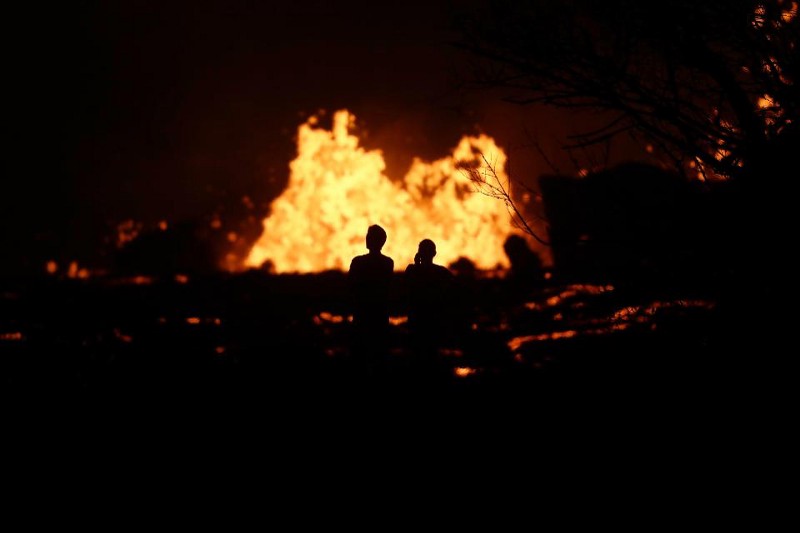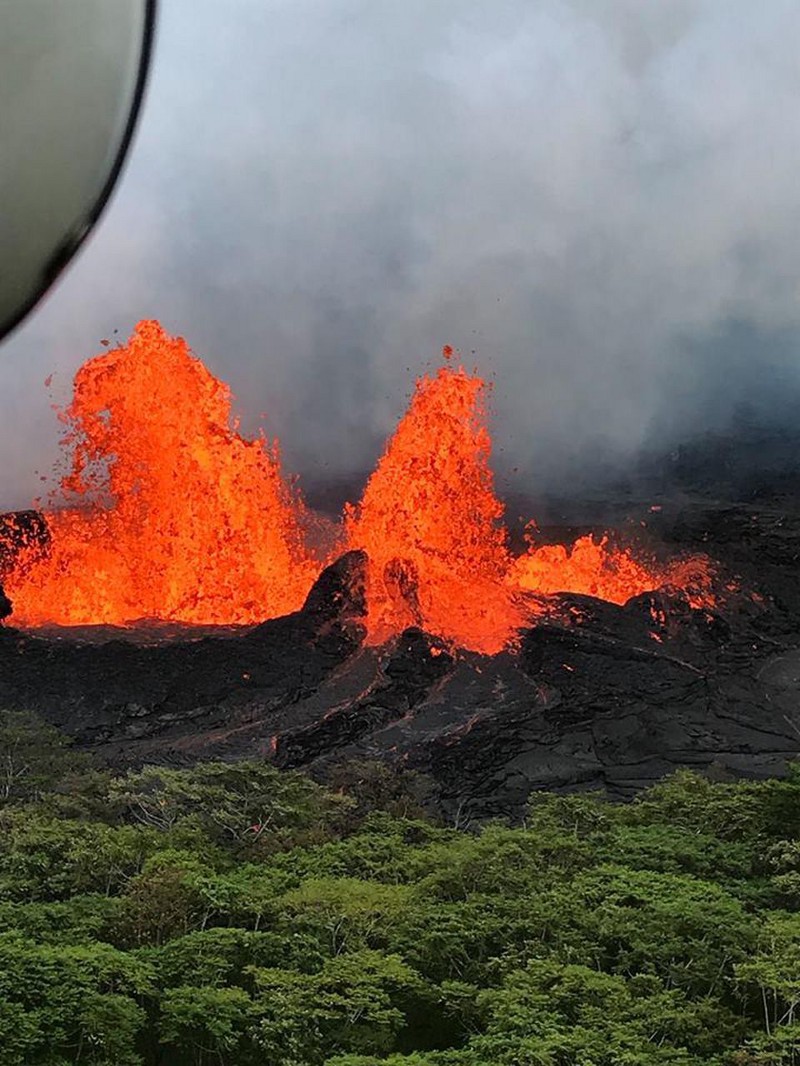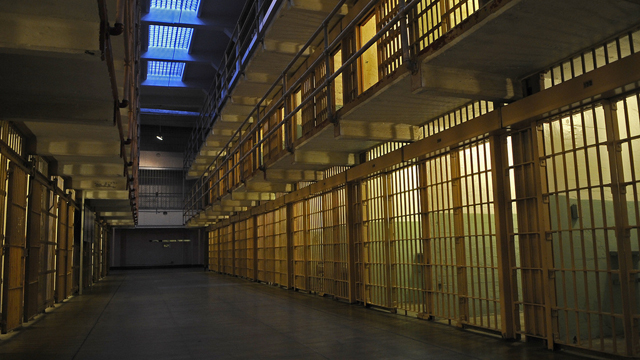Friday Flotsam: Updates on Bulusan, Merapi, Sakurajima and Kamchatka
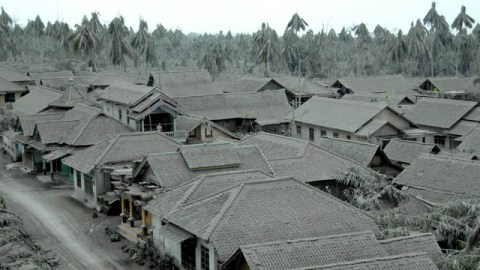
We’ve made it through another week! Some news to round it out.
Bulusan: The Philippine volcano continues to produce ash plumes, but PHIVOLCS announced that none of the ash sampled thus far appears to be from fresh, new magma. How do they know this? Well, the morphology (shape) of the ash shards can be a big clue, where shards that are blocky tend to be from old, cold rock at the vent being broken by explosives while cuspate, conchoidal shards tend to be from fresh fragmentation of juvenile magma. The cuspate shape of the juvenile ash comes from the walls of the bubbles in the magma that explode as the dissolved volatiles (like water and CO2) try to come out of solution – the source of (most) fragmentation in magma. Two towns near the volcano received some ash fall, but most reports suggest that the ash is only a few mm thick. The plume itself is still only in the 700-1000 meter / 2,000-3,000 foot range. All in all, the activity suggests that magma is rising underneath the main summit, providing the heat for the phreatic (steam-driven) explosions, but there is no evidence that a magmatic eruption is coming soon. In fact, there were only 4 earthquakes recorded under Bulusan yesterday, down from 20+ earlier in the week. However, PHIVOLCS will maintain the Level 1 alert and the 4-km exclusion zone.
Merapi: The deathtoll for the new eruptive episode at Merapi has now topped 200 people as the eruption itself enters its 3rd week (audio). The effects of the ash fall on the area surrounding Merapi is now being more evident, with a significant amount of local snake fruit trees dying from the ash fall. Snake fruit is one of the more important commercial plants that local residents near Merapi grow. However, the sand business is booming in the same region. Activity at Merapi has been lower this week, so local officials have been struggling with what to do about evacuees who want to return home – and if they do leave shelters, they are being required to sign a waiver saying they are leaving by their own free will. It is these aspects – the social – that will need to be tackled as the eruption lingers. The National Disaster Management Agency is also concerned about the remobilization of the ash in the form of lahars and flooding, so dredging of local rivers has begun as well. Be sure to check out the shot of Merapi’s ash plume taken on November 10 from the Terra satellite (the NASA EO folks mention that this was one of the first mostly cloud-free shots they have been able to take). There is also some impressive glow at night on the Deles webcam for Merapi – one of the two Merapi webcams that are currently operational.

Merapi erupting on November 5, 2010. Click here to see the original version.
More NASA Earth Observatory: Sakurajima, the Japanese volcano, seems to be constantly erupting – well, more than “seems to be” but rather “is”. The NASA Earth Observatory posted an image of the plume from Sakurajima as it produces more strombolian explosions that you can watch live on one of the Sakurajima webcams. The image also nicely shows how Sakurajima sits within the larger Aira Caldera. In another very active arc, the volcanoes in Kamchatka were captured in an image on November 5. Kliuchevskoi is definitely much quieter than it was a few weeks ago, but you can still see the ash on the white snows of the area. Nearby volcano Bezymianny is still producing a steam ash that can be seen drifting off to the northeast. You can check the status of all the Kamchatka volcanoes thanks to KVERT.
Top left: Ash fall on the town on Muntilan, Indonesia. Click on the image to see a larger version.
